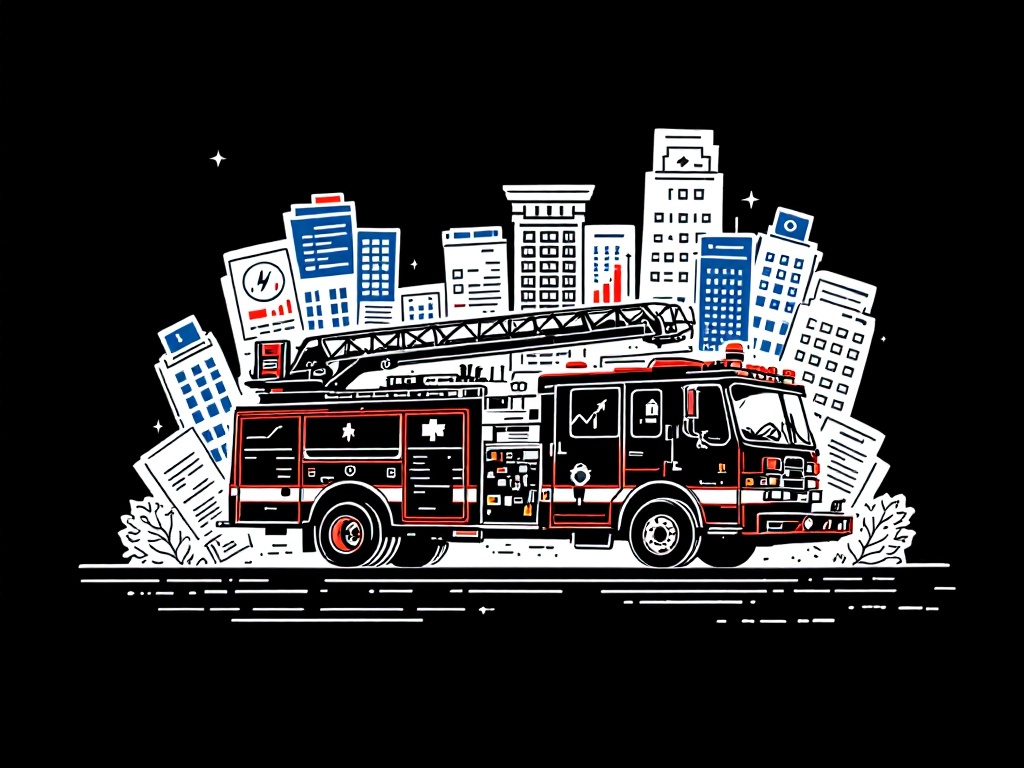Wall Street's Role in Rising Fire Engine Costs and Delays

United States, Monday, 17 February 2025.
Industry consolidation driven by Wall Street has increased fire engine prices and delayed order fulfillment, raising concerns for U.S. fire departments over operational readiness.
Market Concentration Impact
The fire engine manufacturing industry has undergone significant consolidation, with control now concentrated among just three companies [1]. This Wall Street-driven consolidation has created a near-monopolistic market structure that is causing severe operational challenges for fire departments nationwide. The impacts are particularly evident in major cities, with the Los Angeles Fire Department experiencing critical equipment shortages during a significant emergency response in January 2025 [1].
Operational Challenges and Safety Concerns
The consequences of this market concentration are manifesting in multiple ways. Fire departments across the country are grappling with aging fleets and maintenance issues, while facing extended waiting periods for new equipment [1]. Cities from Los Angeles to Camden, New Jersey, are reporting increased instances of vehicle breakdowns during emergency situations [1]. The situation has become particularly critical as one private equity-backed manufacturer has reduced its production lines, resulting in a multibillion-dollar backlog of orders [1].
Wall Street’s Influence on Manufacturing
As of February 16, 2025, the manufacturing costs in the fire engine sector continue to rise [10], with Wall Street’s influence extending beyond mere ownership structures. The industry is experiencing unprecedented volatility in manufacturing costs, a trend that became particularly noticeable in early February 2025 [10]. Recent discussions about potential restructuring and financial strategies within major firms suggest this scrutiny on manufacturing budgets may intensify [10].
Looking Ahead
The current crisis shows no immediate signs of resolution [1]. Fire departments nationwide are being forced to maintain aging equipment beyond optimal service life, increasing both maintenance costs and safety risks [1]. While the situation has reached a critical point, [alert! ‘No specific solutions or regulatory interventions are currently proposed in the sources’] to address these market concentration issues.